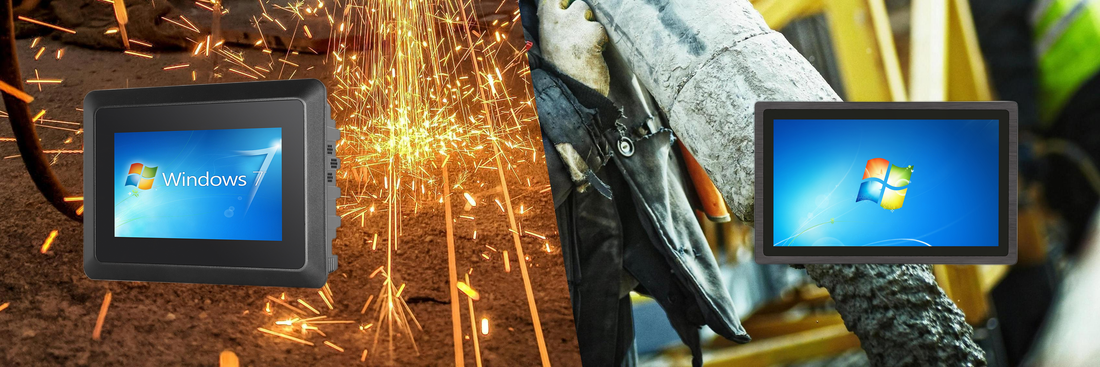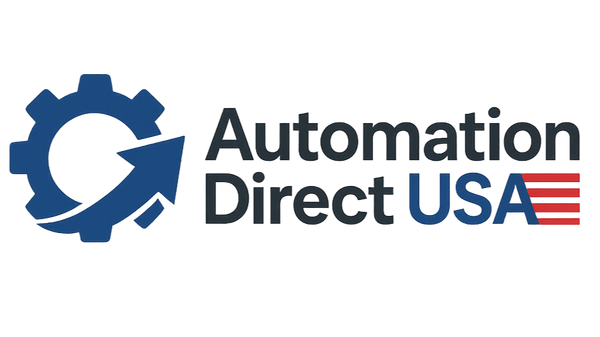
A Comprehensive Guide to Selecting the Ideal Industrial Panel PC for Your Operations
A Comprehensive Guide to Selecting the Ideal Industrial Panel PC for Your Operations
Choosing the right industrial panel PC can be a complex process, especially given the vast array of options and technical specifications available today. Whether you're upgrading an existing system or starting fresh with a new industrial automation project, ensuring you select a device that matches your requirements is crucial to the success of your operations. The perfect industrial panel PC not only boosts productivity and efficiency but also ensures long-term reliability and durability, particularly for Human Machine Interface (HMI) applications.
In this guide, we’ll explore the critical factors you need to consider when choosing the best industrial panel PC, from environmental durability to performance requirements, connectivity, display options, and mounting preferences. With these insights, you'll be equipped to make an informed decision tailored to your industrial needs.
Key Considerations for Choosing the Best Industrial Panel PC
When it comes to selecting an industrial panel PC, your decision should be informed by the unique needs of your application. Critical factors include:
- Environmental Conditions: Will the panel PC be exposed to harsh conditions like extreme temperatures, humidity, dust, or chemicals?
- Performance Requirements: What level of processing power, memory, and storage capacity is required for your application?
- Connectivity Options: Does the panel PC need USB, Ethernet, COM ports, or other interfaces for smooth system integration?
- Display Characteristics: What screen size and touch functionality will best support your operational needs?
- Mounting Options: How will the panel PC be installed—on a wall, a desk, or within a control cabinet?
By addressing these factors, you’ll not only ensure that your industrial panel PC can withstand environmental challenges, but also that it meets performance, visibility, and accessibility demands.
- Assessing Ruggedness: How Tough Does Your Panel PC Need to Be?
Industrial environments are notorious for being unforgiving, so ruggedness is often a top priority. Consider the conditions your panel PC will face: extreme temperatures, vibration, dust, and potential exposure to moisture or chemicals.
The IP (Ingress Protection) rating system provides a standardized measure of a device's ability to resist solid particles (like dust) and liquids. For instance, a panel PC with an IP66/IP69K rating is completely dust-tight and protected against high-pressure water jets, making it ideal for industries like food processing or heavy manufacturing, where regular washdowns or dusty conditions are the norm.
- Example IP Ratings:
- IP65: Resistant to low-pressure water jets.
- IP66/69K: Dust-tight and can handle high-pressure washdowns.
In addition to IP ratings, vibration resistance is important for panel PCs deployed in environments with heavy machinery. Some models are designed to meet MIL-STD-810G, a military standard for durability, which ensures they can withstand shocks and vibrations.
Lastly, humidity tolerance plays a role in environments with high moisture levels, such as factories or outdoor installations. Industrial panel PCs are generally built with non-condensing materials, making them durable even in humid conditions.
- Performance: How Much Computing Power Do You Need?
The performance of an industrial panel PC is determined by several factors, including the processor, memory (RAM), and storage. The level of performance you need depends on the complexity of your tasks.
- Processor (CPU): Most industrial panel PCs are powered by Intel processors, ranging from energy-efficient Celeron processors for basic applications to powerful Intel Core i7 or Xeon processors for advanced tasks such as machine learning, real-time data processing, or industrial IoT.
- Memory (RAM): For smooth operation, select a panel PC with at least 8GB of DDR4 RAM for standard applications. For demanding environments, opt for 32GB or more.
- Storage: Consider whether you need solid-state drives (SSD) for fast read/write speeds and durability in harsh environments. SSDs are typically recommended over traditional HDDs because they have no moving parts, making them less prone to failure in environments with high vibration.
Choosing a modular panel PC can offer the flexibility to upgrade these components over time, ensuring your system remains scalable as your operational needs grow.
- Connectivity: Ensuring Smooth System Integration
Industrial panel PCs must support various connectivity options to integrate with peripheral devices, sensors, and control systems. When evaluating connectivity, consider both I/O connectivity (such as USB, Ethernet, and serial ports) and wireless communication capabilities.
- I/O Ports: Ensure the panel PC provides enough USB, RS-232/RS-485 serial ports, and Ethernet ports to interface with your equipment.
- Wireless Connectivity: Look for options like Wi-Fi, Bluetooth, and 5G connectivity, which allow for wireless M2M (machine-to-machine) communication, a crucial feature in modern smart factories and automation setups.
- Display: Choosing the Right Screen Size, Touch Type, and Optical Bonding
The display on your industrial panel PC affects both user interaction and operational efficiency. Key considerations include screen size, touch technology, and optional features like optical bonding.
- Screen Size: Larger screens (e.g., 15" to 24") provide better visibility and are ideal for complex data visualizations or HMI applications. Smaller screens are suited for limited space or simpler tasks.
- Touch Technology: Depending on your application, you may prefer capacitive touch for its high responsiveness and multitouch capabilities, or resistive touch if you require operation with gloves or styluses.
- Optical Bonding: This process reduces glare and enhances screen durability by eliminating the air gap between the touch layer and the display, making the screen more readable in outdoor or bright environments and resistant to shocks.
- Mounting Options: Ensuring Proper Installation
Selecting the right mounting option ensures the panel PC’s usability and accessibility. Common methods include VESA mounting, panel mounting, and wall mounting. For specific industrial applications, an open-frame design may be required for easy integration into custom enclosures or machinery.
Ensure that the mounting method matches the physical layout of your workspace and provides easy access for operators.
Additional Features for Future-Proofing Your Panel PC
When choosing an industrial panel PC, consider features that can extend its functionality and lifespan:
- Modular Design: Allows for future upgrades of components like CPUs, memory, or storage without replacing the entire system.
- Removable Drives: Hot-swappable drives can make maintenance easier, especially in industries with sensitive data.
- Multi-Antenna Connectivity: Some models offer multiple antenna support, ensuring robust wireless communication, particularly in large industrial settings.
Conclusion
Selecting the best industrial panel PC for your application requires balancing environmental demands, performance needs, connectivity, screen preferences, and mounting options. By thoroughly evaluating each of these areas, you can ensure that the panel PC you choose will not only meet current operational needs but also provide scalability for future expansion.
If you’re looking for more guidance on selecting the right panel PC for your needs, contact our experts at IMDTouch for tailored advice. For support or additional questions, feel free to reach us at support@IMDTouch.com.
